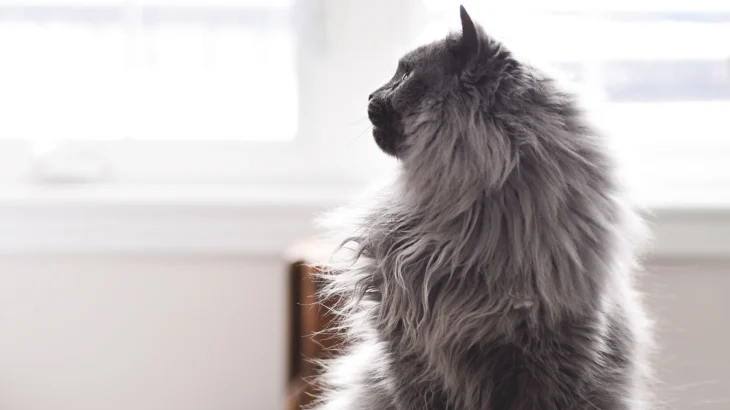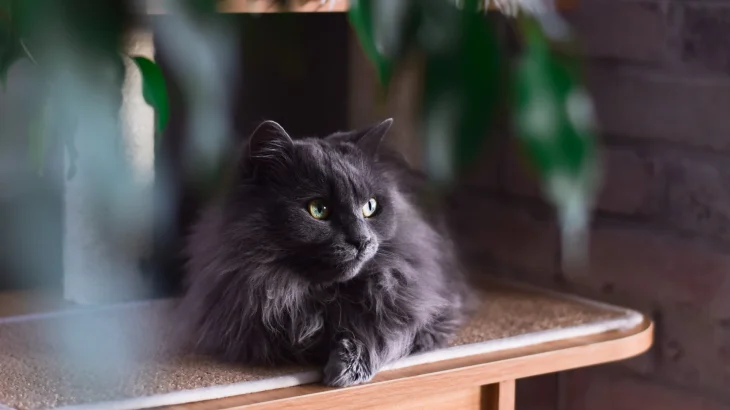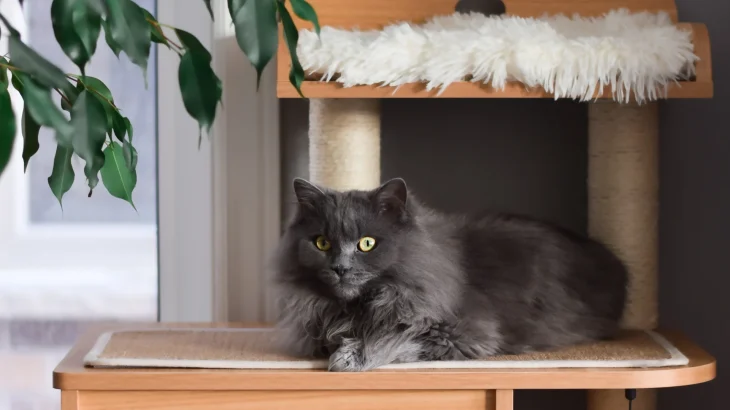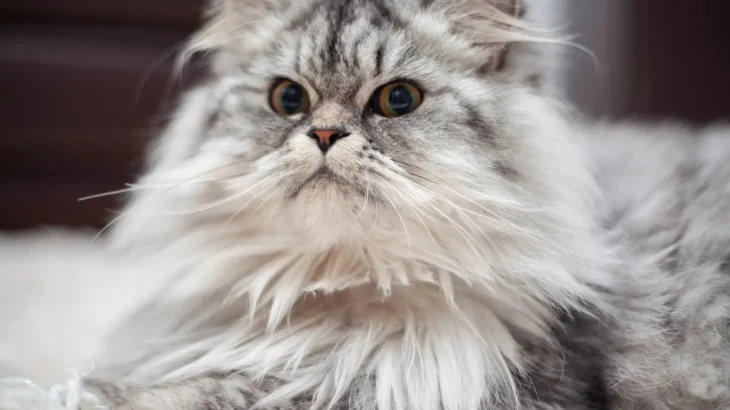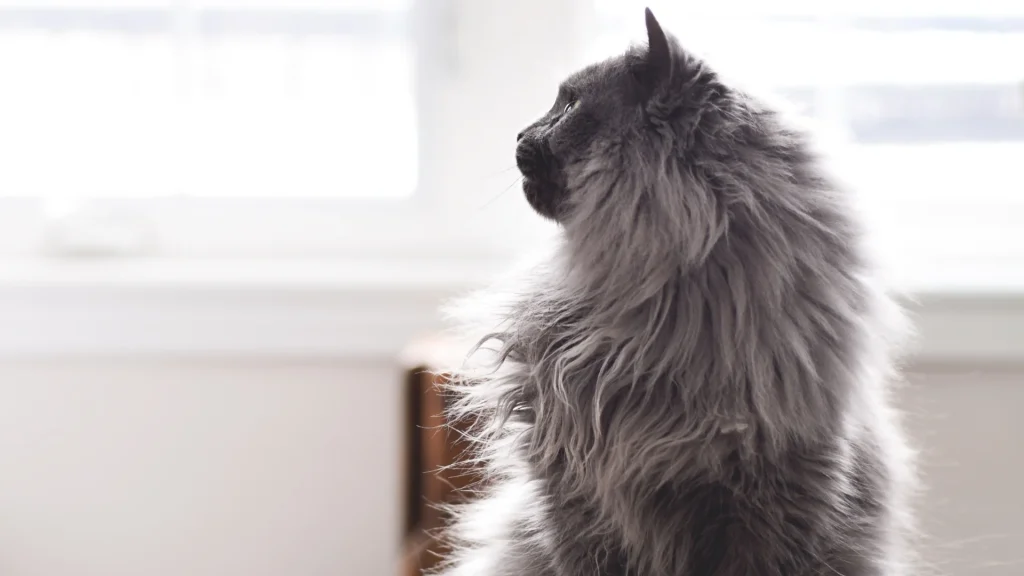When deciding how to bring a Chantilly-Tiffany kitten into your home, weighing the choice between adoption and purchase is important. Given the breed's rarity and limited breeder availability, each option offers distinct advantages and challenges that should be thoughtfully considered.
Adoption vs. Breeder: Pros & Cons
| Criteria | Buying from Breeder | Adopting from Shelter/Rescue |
|---|---|---|
| Cost | Typically higher cost due to rarity and breeder investment, potentially several hundred to thousands of dollars. | Usually lower fees or donations, but Chantilly-Tiffany cats are rarely found in shelters due to breed rarity. |
| Health History | Breeders often provide detailed health and genetic background, important for this rare breed. | Health history may be unknown or limited; shelters provide basic vet checks but less breed-specific info. |
| Age Availability | Primarily offers kittens from planned breeding programs. | Varied ages available, but rare to find Chantilly-Tiffany cats in rescues due to scant population. |
| Temperament Insight | Breeders usually can share temperament info based on lineage and early socialization. | Shelter staff may share behavior observations, but full history often unknown. |
| Supporting Practices | Supports preservation of this rare breed and responsible breeding efforts. | Focuses on animal welfare, giving homes to cats in need, although breed-specific adoptions are uncommon. |
| Breed Purity & Pedigree | Provides pedigree documentation ensuring breed purity. | Often no pedigree available; potential mix with other breeds. |

